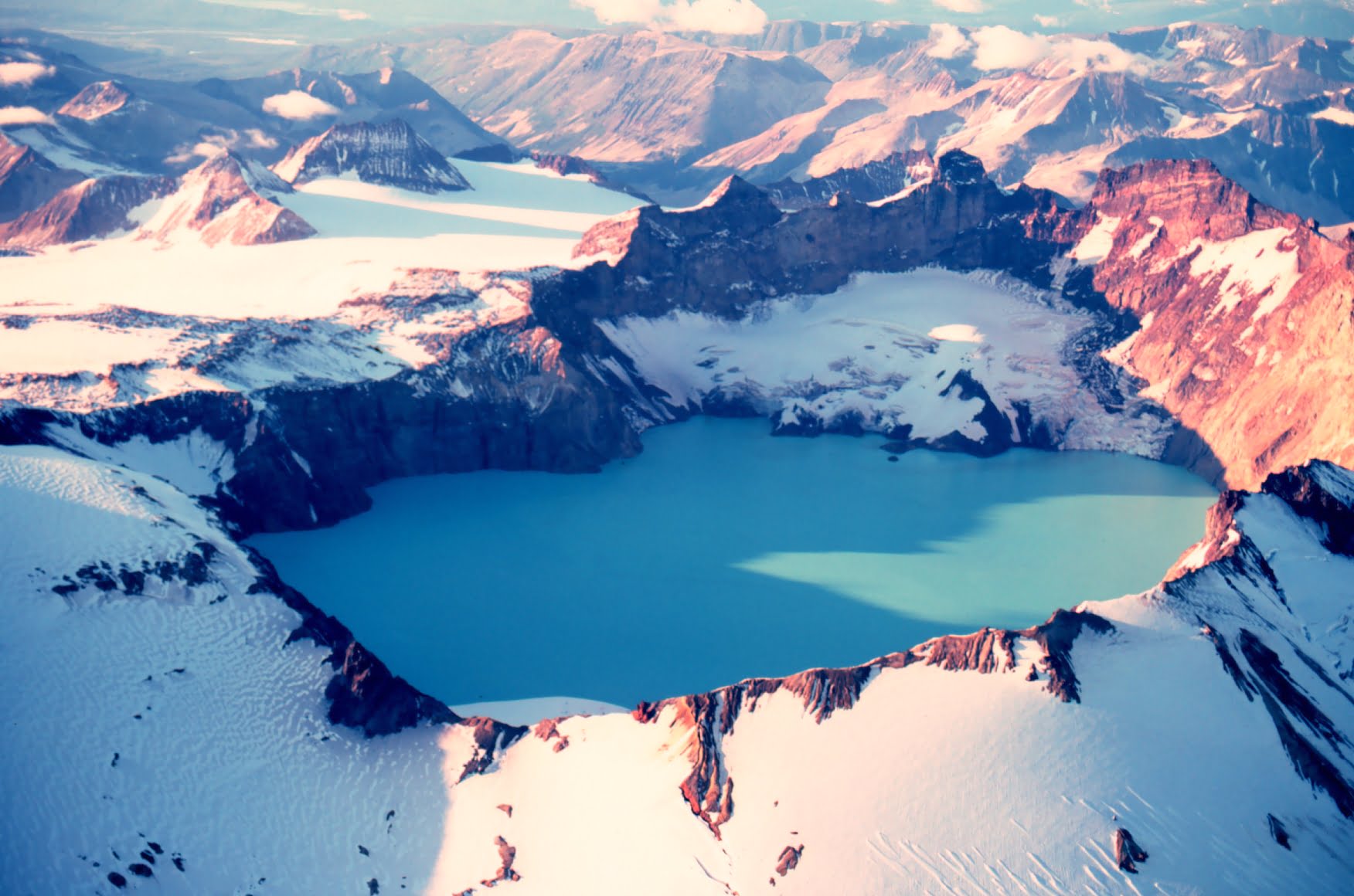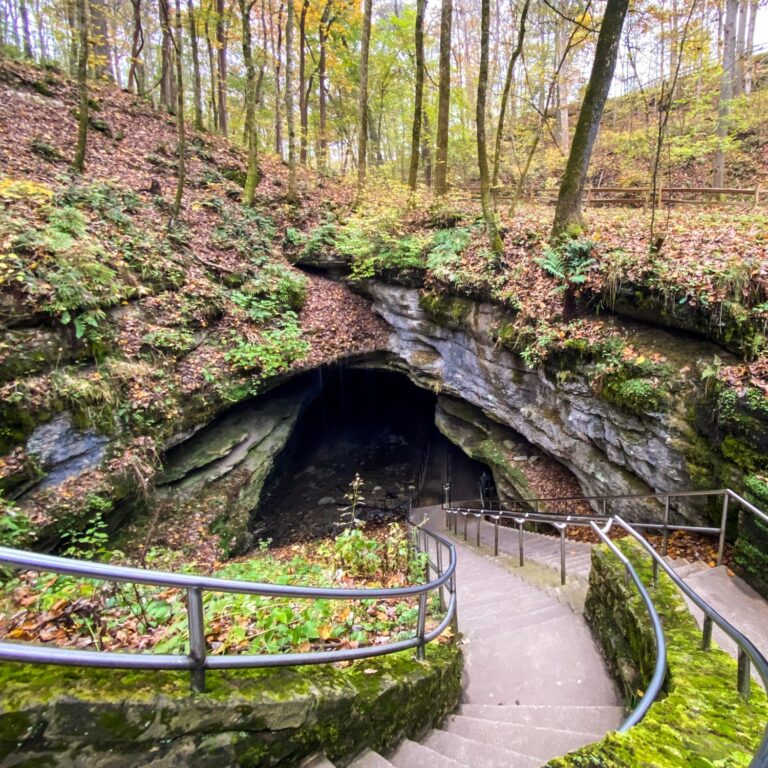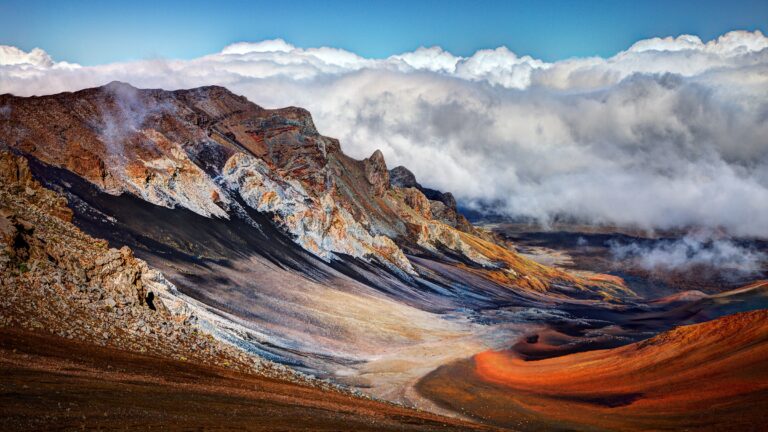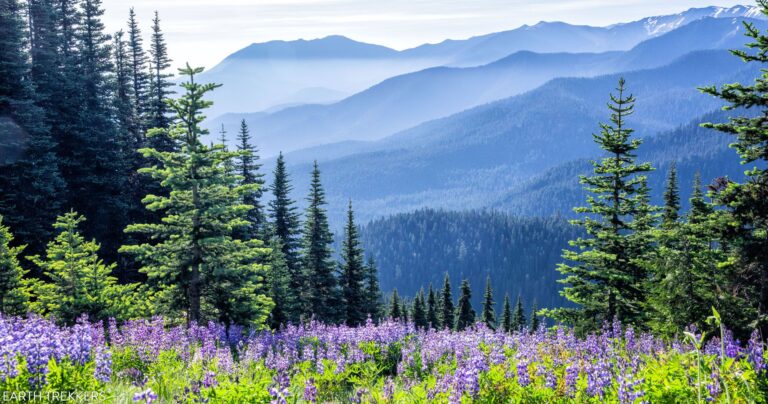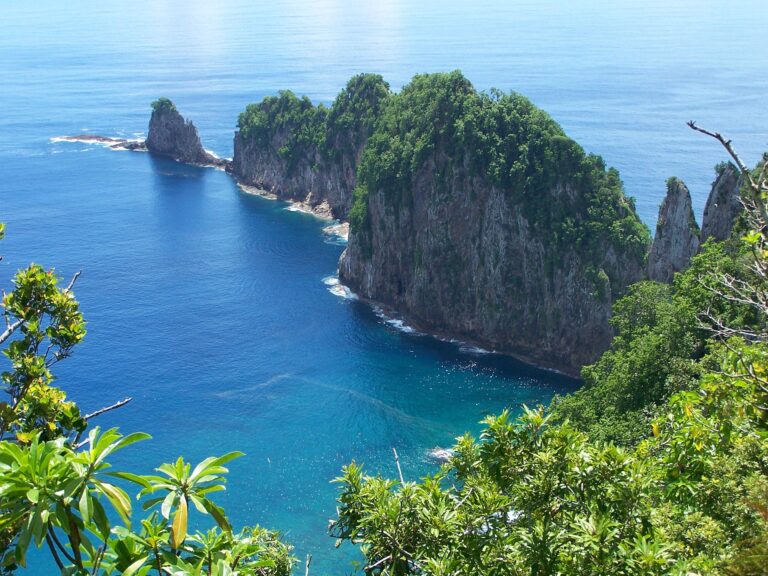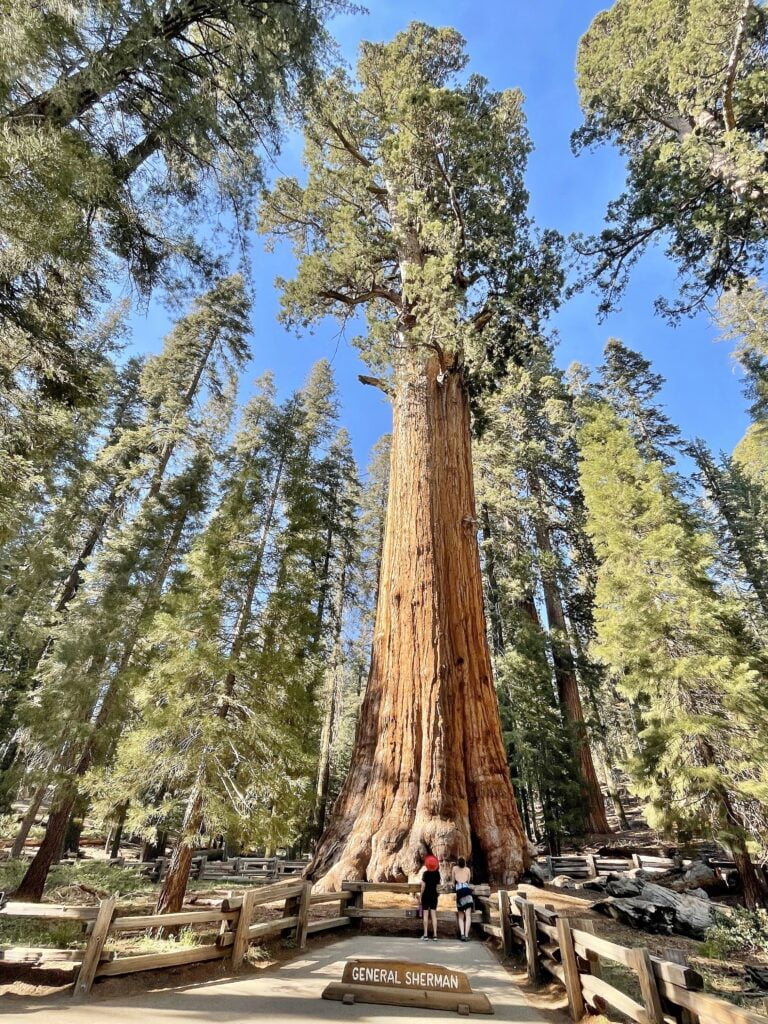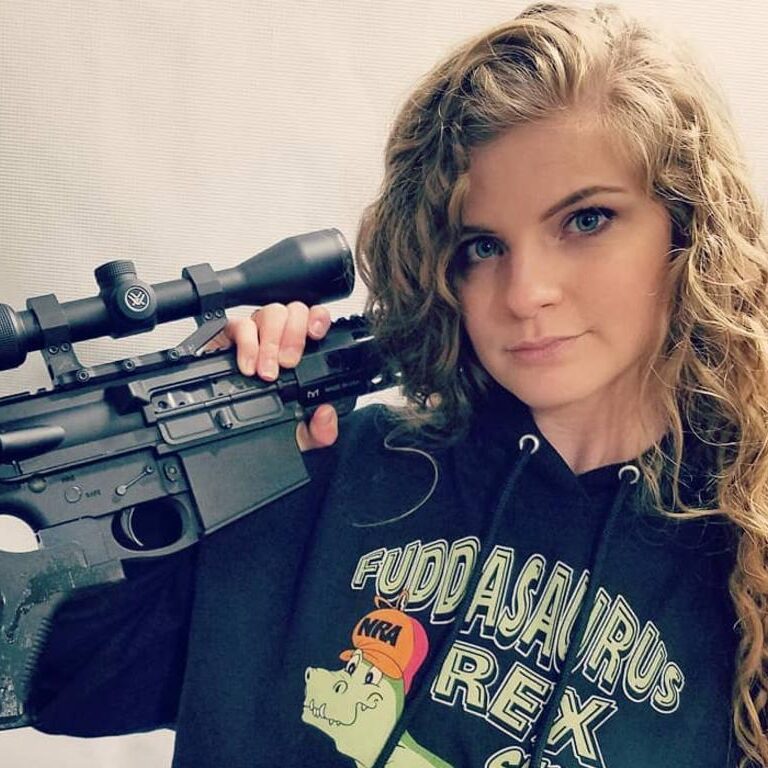Katmai National Park
Nestled within the southern section of Alaska lies the captivating expanse of Katmai National Park and Preserve. This sprawling wilderness, covering an impressive 4.09 million acres, has been a protected haven since its establishment in 1918.
With an annual influx of around 24,800 visitors, this park holds a special allure for those seeking unspoiled natural beauty and the thrill of the great outdoors. One of the fascinating aspects of Katmai National Park is its unique stance on firearms and hunting regulations, a topic we’re delving into in this article.
Firearms and Visitors: A Delicate Balance
Since February 22, 2010, Katmai National Park and Preserve has allowed eligible visitors to possess firearms in accordance with both federal and Alaska state law. This landmark decision aimed to provide a sense of security for those venturing into the wild, while adhering to legal parameters.
However, it’s important to note that despite this allowance, federal law still strictly prohibits the use or discharge of handguns within the park. This prohibition is rooted in 36 CFR Section 2.4(a)(2)(ii) and 36 CFR Section 13.30, a regulation that aligns with the preservation of the park’s serene environment and the safety of its visitors.
A Stance Against Hunting in Katmai National Park
In Katmai National Park, the focus is on conservation and the protection of its diverse wildlife. This is reflected in the categorical prohibition of hunting and firing firearms within the park’s boundaries. The park’s aim is to maintain a sanctuary where animals can thrive undisturbed by human activities.
However, the neighboring Katmai National Preserve has a more lenient stance towards hunting and trapping for sport. Within the preserve’s confines, hunting and trapping are allowed, but only under specific conditions and with the appropriate permits. The management of preserved wildlife is a collaborative effort between the National Park Service and the State of Alaska, ensuring that hunting remains sustainable and within legal bounds.
Wildlife and the Preserve: A Balancing Act
The coexistence of humans and wildlife within Katmai National Park is a delicate balance that underscores the importance of responsible conservation. Moose and brown bears, two iconic species of the Alaskan wilderness, are the primary targets of hunting in the Katmai National Preserve. However, there are strict guidelines in place to ensure that hunting is conducted ethically and sustainably.
Alaska residents who are 16 years or older are required to possess a valid hunting license issued by the state. This regulatory measure is aligned with the park’s commitment to preserving its natural assets. Possession and bag limitations further safeguard the delicate ecological equilibrium.
The Unspoiled Beauty of Katmai National Park
Beyond its firearms and hunting regulations, Katmai National Park is a treasure trove of untamed landscapes. Forests, lakes, mountains, and tundra intermingle to create a breathtaking panorama that lures nature enthusiasts from across the globe. Among the most sought-after experiences is witnessing brown bears congregating at Brooks Falls to feast on salmon during their annual migration.
Visitors can indulge in an up-close encounter with these majestic creatures from viewing platforms at Brooks Camp, located nearby. In addition, the Valley of Ten Thousand Smokes serves as a testament to the park’s geothermal activity, with lava flows and ash deposits created by a monumental volcanic eruption.
Timing Your Adventure: Best Time to Visit
The window of opportunity to explore Katmai National Park’s wonders is most favorable between June and September. During these months, the park comes alive with vibrant flora and fauna, offering an ideal backdrop for outdoor exploration and wildlife observation.
Access and Visitor Centers
Accessing Katmai National Park requires no fees or registration. Visitors seeking to explore multiple national parks can consider the America The Beautiful Annual Park Pass, granting access to all U.S. National Parks for a nominal fee. Firearm policies should be observed and followed during your visit.
Three visitor centers serve as invaluable resources for guests:
1. King Salmon Visitor Center
Address: 1 King Salmon Airport Rd, King Salmon, AK 99613 Phone Number: (907) 246-4250 Hours of Operation: Daily 9:00 AM–5:00 PM
This center serves as a hub for information and guidance for your Katmai adventure.
2. Brooks Camp Visitor Center
Address: Along the shore of Naknek Lake in the heart of Katmai. Phone Number: (907) 246-3305 Hours of Operation: Daily 8:00 AM–5:00 PM
Situated in a picturesque location, this center provides insight into the park’s ecology and wildlife.
3. Robert F. Griggs Visitor Center
Address: 23 miles from Brooks Camp on the only road within Katmai. Hours of Operation: Daily 12:00 PM–3:00 PM
This center enriches your understanding of the park’s geological history and volcanic phenomena.
Conclusion
Katmai National Park and Preserve is more than just a wilderness; it’s a testament to the delicate dance between humans and nature. Its firearms regulations and approach to hunting underscore its commitment to ecological balance and conservation. As you explore its vast landscapes and encounter its diverse wildlife, remember that your presence plays a part in ensuring the continued splendor of this remarkable natural wonder.
FAQs;
Q1. Can I carry firearms within Katmai National Park?
Yes, eligible visitors can possess firearms according to federal and Alaska state law. However, handguns cannot be used or discharged.
Q2. Is hunting allowed in Katmai National Park?
No, hunting and firing firearms are prohibited within the park. However, hunting and trapping are permitted in the adjacent Katmai National Preserve under certain conditions.
Q3. What animals are commonly hunted in Katmai National Preserve?
Moose and brown bears are the primary targets of hunting within Katmai National Preserve.
Q4. When is the best time to visit Katmai National Park?
The optimal months to visit are between June and September, offering favorable weather and abundant wildlife sightings.
Q5. Can you carry a gun in Katmai National Park?
No, it is illegal to possess or carry firearms, including concealed carry weapons, in Katmai National Park and Preserve. Federal law prohibits weapons within national park boundaries in Alaska. There are a few exceptions such as authorized hunting activities compliant with Katmai regulations which allow appropriate use of firearms in limited designated areas during hunting season.
Q6. What city is close to Katmai National Park?
There are no roads leading to Katmai National Park, so there are no cities or towns directly adjacent to its boundaries. However, the closest city is King Salmon, Alaska which has an airport with regular flights to other Alaskan cities. Many visitors to Katmai National Park fly into King Salmon and then take charter flights into the park itself.
Q5. Are there visitor fees for accessing Katmai National Park?
No, there are no fees or registration required to enter the park.
